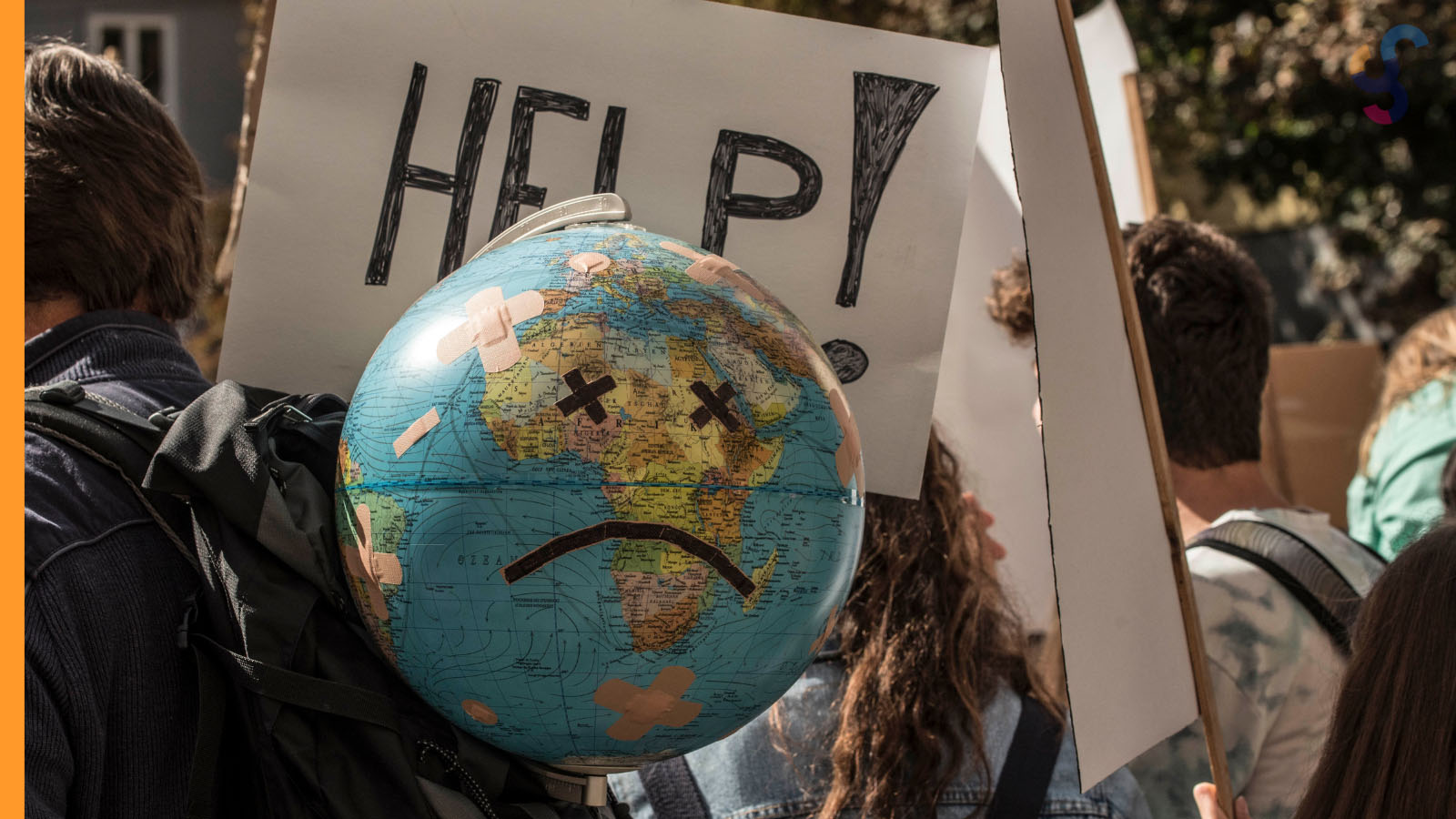When we see someone share false or misleading claims about climate change, it’s easy to feel frustrated or even shocked. But to understand why this happens, we need to go deeper than the facts alone. Beliefs are not formed in a vacuum, they’re shaped by emotion, identity, trust, and our social surroundings.
For many people, accepting the reality of climate change means accepting big changes to how we live, what we consume, or who we hold responsible. That can feel overwhelming. In these moments, people might be drawn to simple explanations that downplay the problem or shift blame. Climate disinformation often steps in to fill that gap. It offers comforting doubts or narratives that align with someone’s existing views, even if they’re not true.
Researchers have shown that disinformation spreads more easily when it uses emotional triggers, such as fear, anger, or distrust. When people are exposed to repeated false claims—like “climate change is a hoax” or “scientists are paid to lie”—they can start to feel uncertain, even if they’ve seen the facts. This confusion is often the goal. The aim isn’t always to convince people of one specific lie, but to make them doubt what’s true.
Among of them Dr. Sander van der Linden have spent years studying how and why people believe false claims. One of his most important contributions is the inoculation theory. Just like a vaccine exposes the body to a small, weakened dose of a virus to build resistance, inoculation theory suggests that exposing people to a small, harmless version of a misleading argument, along with an explanation of why it’s false, can help them resist future attempts to mislead.
For example, if you show someone a common climate myth, like “CO₂ is good for plants, so it can’t be bad”, and explain the tactic behind it (cherry-picking data, for instance), they’re more likely to spot and reject similar falsehoods in the future. It’s a simple but powerful idea: we can build mental immunity to disinformation by training ourselves to recognise how it works.
Climate disinformation isn’t just about lies, it’s about creating confusion, undermining trust, and weakening public support for action. It often uses emotional triggers like fear or anger to grab attention and spread quickly online. Repeating false messages over time can make them feel familiar, even if we know better.
This is why media literacy and critical thinking are so important. Understanding the psychology behind belief doesn’t mean excusing disinformation, but it does mean responding more effectively. Facts matter, but so do tone, timing, and trust. People are more open to new information when they feel heard and respected, not judged or dismissed.
Building resilience to disinformation is something we can all learn. It helps us understand not only how others might be misled, but how we ourselves can stay grounded in evidence, especially when emotions are high.
To explore more about how beliefs are formed, how disinformation spreads, and how we can help build resistance to climate falsehoods, visit the Digital Academy against Climate Disinformation and discover the full module.

